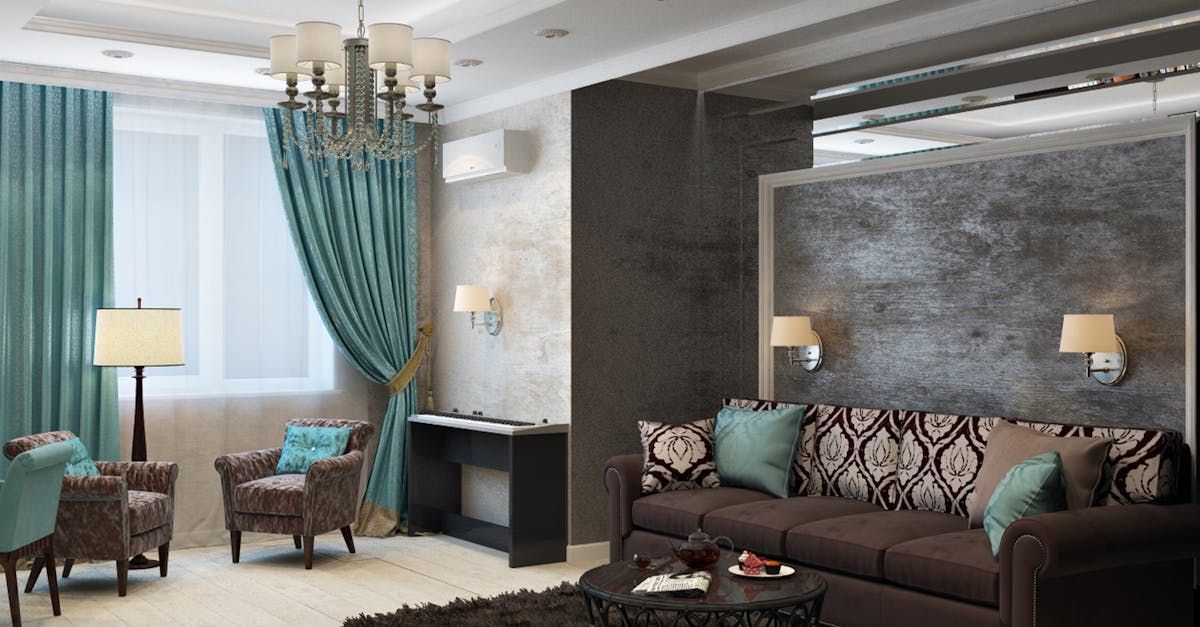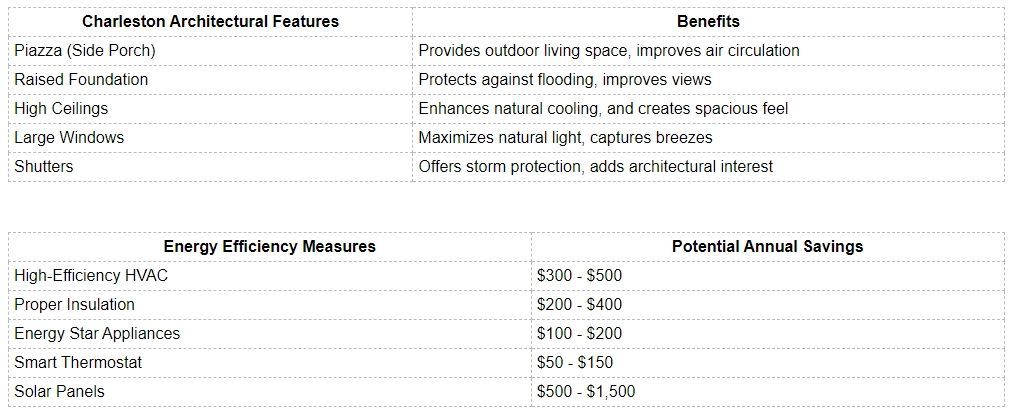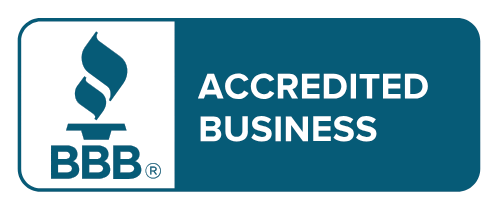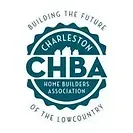Charleston's Home Design Process: Dream to Reality
The home design process is a journey that transforms your ideas into a tangible, livable space. In Charleston, South Carolina, this process blends historic charm with modern functionality, creating homes that are both beautiful and practical. Let's walk through the steps to design your perfect Lowcountry home.
Key Takeaways:
- Start with a clear vision and budget for your Charleston home
- Collaborate with local architects and designers familiar with the Lowcountry style
- Consider Charleston's climate and architectural heritage in your design
- Prioritize energy efficiency and storm resilience in your home plans
- Obtain necessary permits and follow local building codes
- Choose materials and finishes that complement Charleston's aesthetic
- Plan for outdoor living spaces to enjoy the mild climate
Understanding Your Needs and Vision
The first step in the home design process is to clearly define what you want and need in your new Charleston home. This involves taking stock of your lifestyle, family size, and how you plan to use the space.
Assessing Your Lifestyle
Think about your daily routines and how your home can support them. Do you work from home and need a dedicated office space? Are you an avid cook who requires a gourmet kitchen? Maybe you love entertaining and want a large, open living area. In Charleston, many homeowners also prioritize outdoor living spaces to take advantage of the mild climate.
Setting Your Budget
Your budget will guide many of your design decisions. Be realistic about what you can afford, and don't forget to factor in costs beyond construction, such as landscaping and furnishings. In Charleston, you might also need to budget for features like hurricane-resistant windows or elevated foundations, depending on your location.
Creating a Wish List
Make a list of must-haves and nice-to-haves for your new home. This might include specific architectural features, like a classic Charleston piazza, or modern amenities like a smart home system. Prioritize these items to help guide your decisions later in the process.
Finding the Right Professionals
Designing a home in Charleston requires a team of professionals who understand the local architecture and building requirements.
Choosing an Architect
Look for an architect with experience designing homes in Charleston. They should be familiar with local building codes, historic district regulations (if applicable), and the unique challenges of building in a coastal environment. Ask to see their portfolio and speak with past clients before making your decision.
Selecting a Designer
An interior designer can help you create a cohesive look for your home that reflects both your style and Charleston's aesthetic. They can also assist with space planning and selecting finishes and materials that suit the local climate.
Hiring a Builder
Choose a reputable builder with experience constructing homes in Charleston. They should be licensed, insured, and familiar with local building practices. Look for a builder who communicates well and has a track record of completing projects on time and within budget.
Site Analysis and Planning
Before diving into the design, it's crucial to understand your property and how it will impact your home's design.
Evaluating Your Lot
Consider factors like sun exposure, prevailing winds, and views when planning your home's orientation. In Charleston, you'll also want to think about flood risks and how to mitigate them through design.
Addressing Zoning and Building Codes
Charleston has specific zoning laws and building codes that will affect your design. Your architect should be familiar with these regulations and can help ensure your plans comply.
Environmental Considerations
Charleston's hot, humid climate and potential for severe weather should influence your design choices. Consider features like deep overhangs for shade, proper insulation, and storm-resistant construction methods.
Conceptual Design
With your vision and site analysis in hand, it's time to start sketching out ideas for your home.
Developing Floor Plans
Work with your architect to create floor plans that reflect your lifestyle and make the most of your lot. In Charleston, open floor plans that flow into outdoor living spaces are popular.
Considering Architectural Style
While you don't have to stick to traditional Charleston architecture, consider how your home will fit into the neighborhood. Many homeowners opt for designs that blend modern amenities with classic Lowcountry elements.
Planning for the Future
Think about how your needs might change over time. Could your home adapt to accommodate aging in place or a growing family?
Design Development
Once you have a concept you love, it's time to refine the details of your home design.
Refining the Floor Plan
Make adjustments to your floor plan to ensure it works perfectly for your needs. This might involve tweaking room sizes or layouts.
Selecting Exterior Materials
Choose materials that will stand up to Charleston's climate while complementing the local aesthetic. Popular choices include brick, stucco, and wood siding.
Designing Interior Spaces
Work on the details of each room, from built-in features to lighting plans. In Charleston, features like crown molding and hardwood floors are common in traditional homes.
Engineering and Systems
A well-designed home isn't just about aesthetics; it needs to function efficiently as well.
HVAC Planning
In Charleston's hot climate, an efficient air conditioning system is a must. Consider options like zoned systems or geothermal heating and cooling.
Electrical and Plumbing Design
Plan your electrical and plumbing systems carefully. In Charleston, you might want to include features like whole-house surge protection due to the risk of lightning strikes.
Energy Efficiency Measures
Incorporate energy-efficient features like high-performance windows, good insulation, and possibly solar panels to keep your home comfortable and reduce energy costs.
Material Selection
Choosing the right materials is crucial for both the look and longevity of your Charleston home.
Exterior Finishes
Select durable exterior finishes that can withstand Charleston's humid climate and occasional severe weather. Consider materials like fiber cement siding or metal roofing.
Interior Materials
For interiors, choose materials that suit Charleston's climate and your lifestyle. Tile or hardwood floors are popular choices that can help keep your home cool.
Sustainable Options
Consider eco-friendly materials like reclaimed wood or low-VOC paints. These choices can contribute to a healthier home environment and reduce your environmental impact.

Construction Documents
Before building can begin, you'll need detailed plans and specifications for your home.
Creating Blueprints
Your architect will create detailed blueprints that show every aspect of your home's construction. These will be used to obtain permits and guide the building process.
Writing Specifications
Specifications detail the materials, finishes, and construction methods to be used in your home. These ensure that your builder knows exactly what's expected.
Obtaining Permits
In Charleston, you'll need to obtain various permits before construction can begin. Your architect or builder can usually handle this process for you.
Bidding and Contractor Selection
If you haven't already chosen a builder, now is the time to do so.
Soliciting Bids
Get bids from several reputable Charleston builders. Be sure they're bidding on the same scope of work for accurate comparisons.
Evaluating Contractors
Look at more than just the bottom line when choosing a contractor. Consider their experience, reputation, and communication style.
Negotiating Contracts
Once you've chosen a builder, work with them to finalize the contract. Be sure all details are spelled out to avoid misunderstandings later.
Construction Phase
Finally, it's time to see your Charleston dream home come to life.
Breaking Ground
The construction process begins with site preparation and foundation work. In Charleston, this might involve elevating the foundation to protect against flooding.
Regular Site Visits
Plan to visit the construction site regularly to check on progress and address any questions or concerns.
Making Decisions
Even with careful planning, you'll likely need to make some decisions during construction. Be prepared to choose things like paint colors or light fixtures.
Final Inspections
Before you can move in, your home will need to pass various inspections to ensure it meets all building codes and standards.
Moving In and Enjoying Your New Home
After months of planning and building, it's time to enjoy your new Charleston home.
Final Walk-Through
Do a thorough walk-through of your completed home with your builder to identify any final touch-ups needed.
Settling In
Take time to get to know your new home and how all its systems work. Your builder should provide you with manuals and instructions for all appliances and systems.
Maintaining Your Home
Develop a maintenance plan to keep your new Charleston home in top condition. Regular upkeep is especially important in the Lowcountry's humid climate to prevent issues like mold or rot.
The home design process in Charleston is a unique journey that blends historical charm with modern living. By following these steps and working with experienced professionals, you can create a home that's perfectly suited to your lifestyle and the beautiful Lowcountry environment. For more information, you can visit our website or contact us.

- Common Charleston home styles:
- Charleston Single House
- Greek Revival
- Federal
- Victorian
- Contemporary Lowcountry

Expert Home Addition Services in Charleston, SC: Transform Your Space with Exceptional Craftsmanship





Phone Number:
(843) 814-3034
Our Location:
Charleston, SC
Email Address:
hunter@hunterbakerhomes.com
All Rights Reserved | Hunter Baker Homes | Website Created by: Kickstart Local
